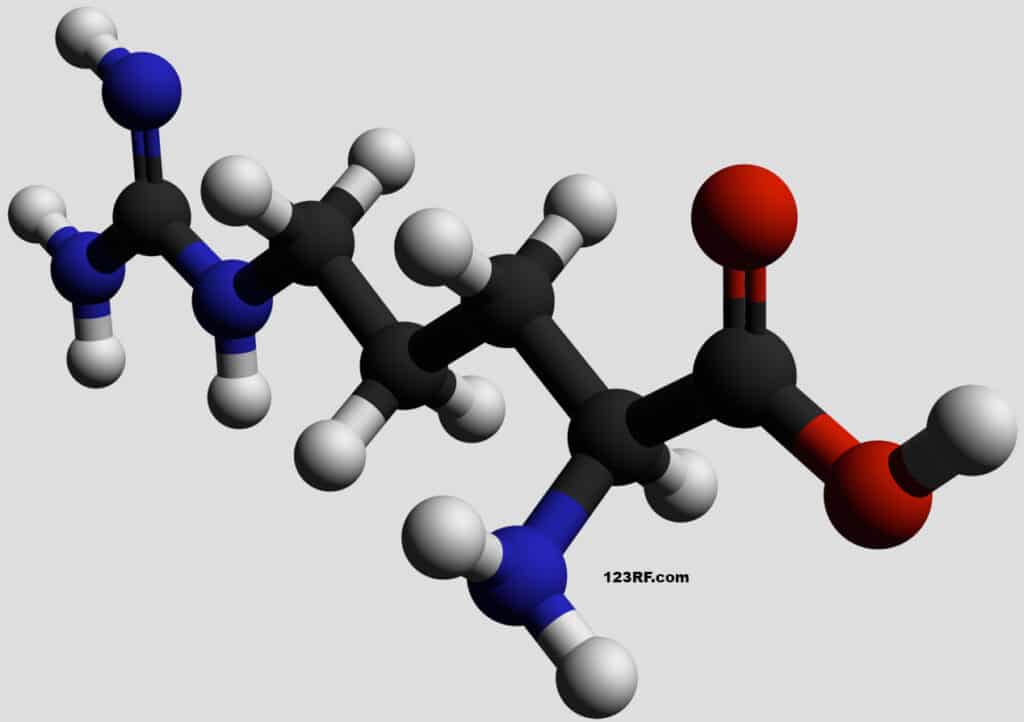By Heinrich Jansen van Vuuren*
The discovery of the urea cycle in mammals by Hans Krebs and Kurt Henseleit in 1932 highlighted the importance of aåginine returned to prominence with a renewed focus on its role in modern nutrition.
Traditionally, arginine supplementation was not considered in swine diets due to the relative abundance of arginine in raw materials. However, with a realisation of the immense metabolic importance of arginine and its metabolites (Wu et al., 2007), as well as the interactions between arginine and lysine (Anderson et al., 1984), focus has returned to arginine. With the commercial availability of arginine in recent years, feed formulations can be fine-tuned to better reflect the true needs of the animal.
The whole story
The general focus on guanidinoascetic acid (GAA) and its role in creatine synthesis overshadows, and underplays, the importance and functions of arginine metabolites, of which GAA is but one.
Through a series of enzyme-modulated reactions structured around the urea cycle, arginine is metabolised to ornithine, proline, glutamate, nitric oxide and polyamines (Wu et al., 2007; Fouad et al., 2012). Ornithine is the precursor of the polyamine petruscine, which, in turn and with the addition of methionine, is transformed into spermine and spermidine. These polyamines, which are critical for DNA and RNA synthesis, are found in all actively growing tissues (D’Mello, 2003).
Glutamate is transformed into a number of molecules important for various functions including purine and pyrimidine synthesis via glutamine, glutathione, and the neurotransmitter γ-aminobutyrate (GABA). Proline plays an important role in structural protein synthesis. Proline accounts for almost a third of the amino acids in collagen, while collagen makes up approximately 30% total body protein (Wu et al., 2013). Nitric oxide (NO) is perhaps one of the most underestimated metabolites of arginine. NO is involved in regulating smooth muscle fibers, mediating the activity of the autonomic and central nervous systems, is involved in cell differentiation and apoptosis, and modulating immune responses (Titov et al., 2018).
The young piglet
Piglets experience an acute arginine deficiency between day eight and day 21 due to changes in intestinal arginine synthesis. From birth, the main source of arginine for piglets are from intestinal synthesis from dietary glutamate, glutamine, and proline (Wu et al., 2007). Sows milk has been found to be deficient in arginine, yet particularly rich in arginine metabolites glutamate, glutamine, and proline. Lysine is also found in abundance (Wu & Knabe, 1993).
During the first sevn days, piglets utilise glutamate, glutamine, and proline to synthesise arginine. However, it seems that intestinal synthesis only provides between 40% and 45% of the arginine requirement of the seven-day-old piglet (Leibholz, 1982; Wu & Knabe, 1995). Researchers have found that dietary supplementation from day seven until day 21 significantly increases growth performance of piglets (Kim et al., 2004). While there was no significant effect on growth, the rate of gain compared to feed intake was improved, Tan et al. (2008) found a significant increase in bodyweight when supplementing early weaned piglets with arginine.
In addition, Huang et al. (2011) found that supplementing neonatal piglets with arginine improved intestinal morphology and stimulated arginine-related metabolism. In a more recent study by Zheng et al. (2018), low birthweight piglets were supplemented with arginine from day four, which not only improved growth performance, but also intestinal morphology, barrier function, and antioxidant capacity.
Conclusion
Arginine hold great promise to improve piglet health and development, especially in early weaned and low body weight piglets.
• Heinrich Jansen van Vuuren holds a BSc(Agric) degree in animal science from the University of Pretoria. He joined Chemuniqué in 2017 to further develop the amino acid portfolio and currently serves as the team lead for amino acids, companion animals, and aquaculture. References for this article are available on request. Please contact him at heinrich@chemunique.co.za for any queries related to this article.
The South African Pork Producers’ Organisation (SAPPO) coordinates industry interventions and collaboratively manages risks in the value chain to enable the sustainability and profitability of pork producers in South Africa.
















